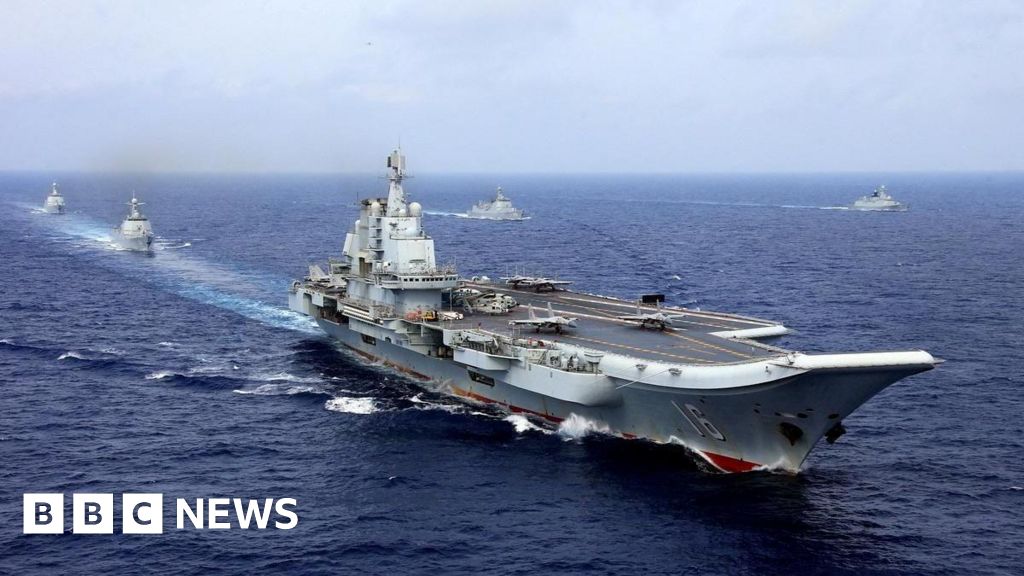Japan Concerned Over China's Naval Drill Near Japan
The naval drill has significant implications for the region, with Japan and the US closely monitoring China's military expansion. China's growing maritime power and willingness to use it have raised concerns about the potential for increased tensions in the Indo-Pacific region, and the US-Japan military alliance is being tested by China's latest naval exercise.

China's naval drill near Japan has sparked concern and protest from Tokyo, with the Japanese government lodging a protest with Beijing and publicly disclosing Chinese military movements, as two Chinese aircraft carriers conduct simultaneous drills in the Pacific.
The drill, which involves the Shandong and the Liaoning, has seen Chinese fighter jets performing hundreds of landings and take-offs, and coming close to Japanese surveillance planes, prompting Tokyo to convey its "serious concerns" to Beijing. The Chinese government has stated that its activities are consistent with international law and accused Japan of conducting "dangerous moves".
Experts believe that China's latest naval exercise is a test of the US-Japan military alliance, with China seeking to escalate tensions in the region. The drill has also raised concerns about China's military modernization, with the Fujian, China's newest carrier, expected to enter service later this year. The Fujian will be China's first carrier to employ electromagnetic catapults to launch planes, a technology currently only possessed by American aircraft carriers.
The exercises have been conducted in disputed waters, including those near Taiwan and the South China Sea, where China has been aggressively asserting its claims. The People's Liberation Army Navy (PLAN) has also been increasing its presence in the Indian and Atlantic oceans, with the goal of operating carrier strike groups in all the world's oceans like the US Navy does.
The US has promised to maintain its presence in the Indo-Pacific while balancing other commitments, as analysts say that China is making a clear statement with these exercises, demonstrating its growing maritime power and willingness to use it. The exercises have also been seen as a challenge to the US Navy's dominance in the region, with analysts noting that China is closing the gap in its carrier force.